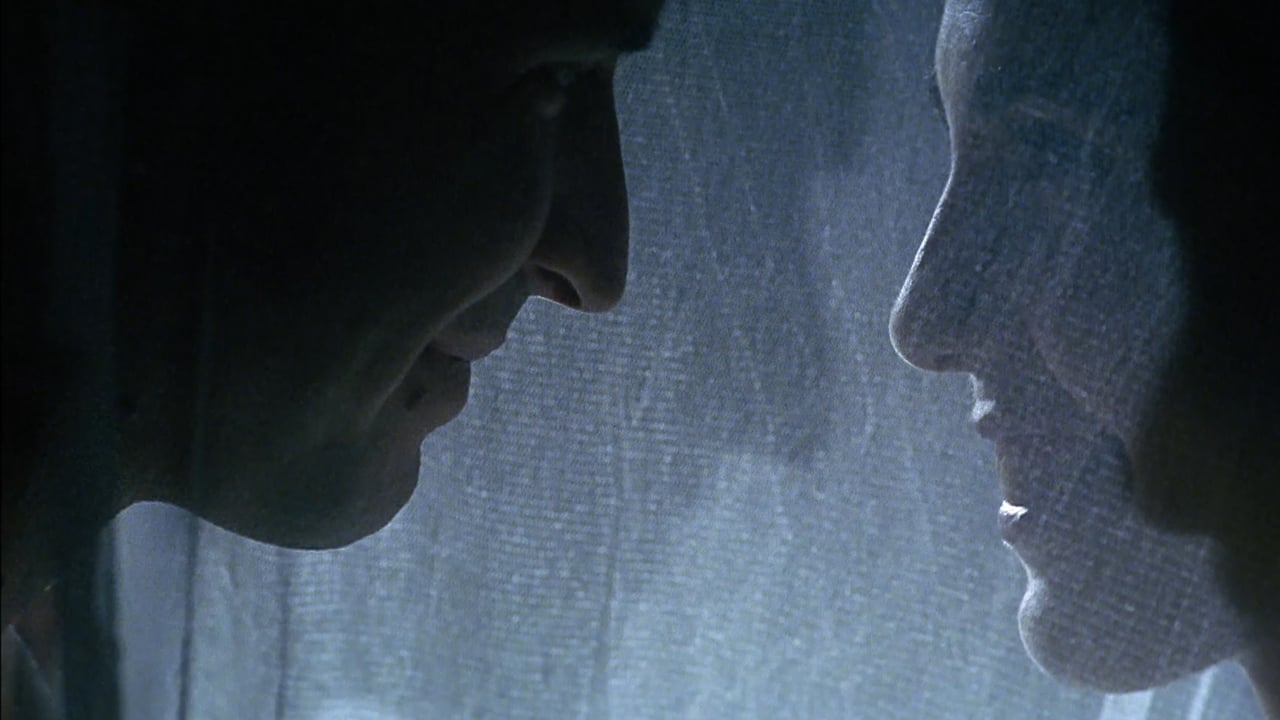Adeel Hail
Unshakable, witty and deeply felt, the film will be paying emotional dividends for a long, long time.
Keith F. Hatcher
Based on a story by Marie Henry Beyle, otherwise known as 'Stendhal', this period-piece film is exquisite in many senses. Isabel Coixet seems to have been not only inspired by the story itself, but also by the team she had working for her. Not only were the actors magnificent contributors in the making of the film, but also the superb photography and the sublimal music combined so gratifyingly as to be inseparable. The result is a an artistic visual poem.Stendhal himself, somewhat given to falling so hopelessly in and out of love at frequent intervals, nicely befitting that 19th Century romanticism we are accustomed to in works so evident by Dumas and Hugo, for example, was for a time in love with a young lady called Mathilde, and thus one likes to think that maybe this story was inspired by his feelings for her, which, as usual, were unrequitted. Olalla Moreno redeems both herself and Stendhal's 'Mathilde' in this poetic fantasy drama, posing what must be considered a unique counterpoint to Monica Bellucci: both actresses offer much more than mere stunning beauty. Their interpretations border perfection, so captivating they are, deeply accessing the innermost feelings of their respective characters. Thus it is but logical that Christopher Thompson and Patxi Freytez were similarly inspired and both offer resounding performances. In all cases Isabel Coixet manages the almost impossible: directing firmly but with exquisite sensitivity.Paco Femenia's photography beautifully captures the essence of Galician countryside; the early morning summer mists, the golden evenings, poetic images of darkened figures against transparent skies, such that even the clouds take part in the telling of the story. Yes, the film was made in Galicia, in the extreme north west of Spain, mainly in the province of Lugo, not far from Sarria, famed for being on 'El Camino de Santiago'. The original story, however, is based on the Catalan frontier between France and Spain.Alfonso Vilallonga's musical contribution goes way beyond being mere accompaniment: his music forms an indispensable part in the making of the film, such that at times his richly scored partiture forms perfect harmony with the brilliant photography and the unfolding scenes. The whole takes on the aura of something visually symphonic, from an enacted Te Deum to a romantic fantasy, rather as if a mezzo-soprano were singing her trysts to the tones of a mellow cello.Isabel Coixet and Joan Potau intelligently used Stendhal's work ("De l'amour") to create a worthy script: maintaining a clearly literary style, the dialogues are simply beautiful, including even extracts from Dante's Divine Comedy. The result gives the film a slightly theatral touch which only succeeds in enhancing the delicate glamorous tapestry of the scenes.This film appeared here only a short time after seeing the British production of Stendhal's Scarlet and Black ('Rouge et Negre')(qv) which is also highly recommendable. This unknown piece of craftsmanship is perhaps one of the half-dozen or so best films made in Spain: and I am not one given to making such statements. As Alberto Fijo says in filasiete.com: Coixet has sown a legend, and legends last a long time. Amen.
GMeleJr
TO THOSE WHO LOVE explores the secret and deep amorous passion that marks the life of a young doctor, and of those around him. This doctor is love with Matilde, who gives herself blindly to the wrong man. Her little sister Armancia, full of cruel innocence, and Valeria, a beautiful and mysterious fencing mistress, interfere further in the lives of the Doctor and Matilde. The result is a beautifully filmed story of unrequited love, fencing and life along the French/Spanish border in the early 19th century.

